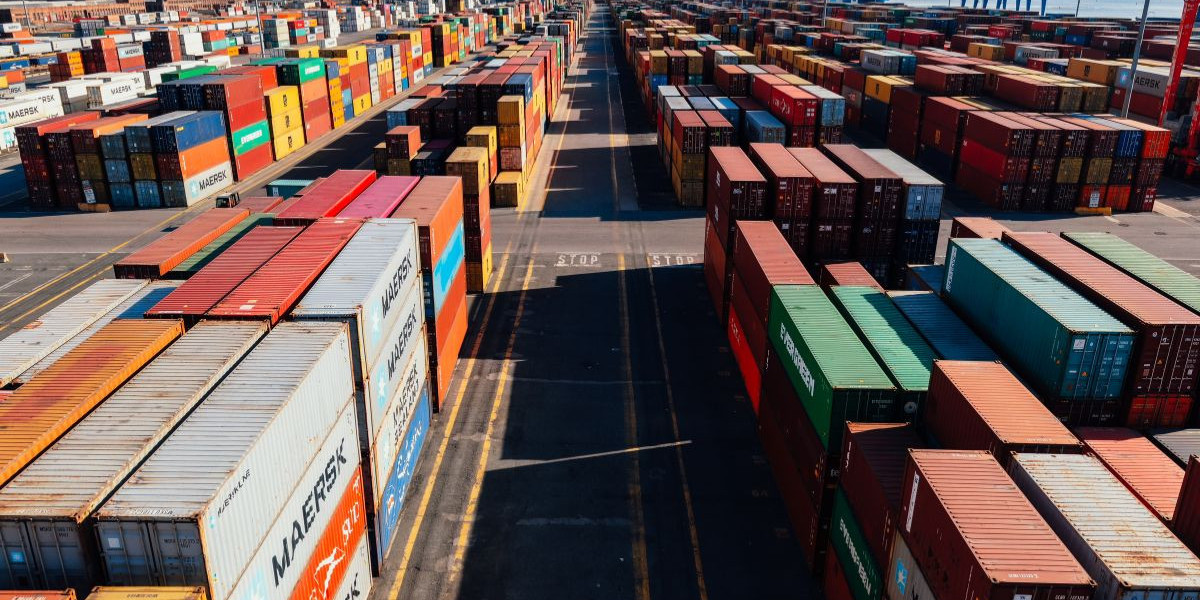The transportation and logistics sector is undergoing a pivotal shift as governments and businesses recognize the urgent need for freight modernization. With supply chains facing mounting pressures from global trade demands, aging infrastructure, and digital disruption, public-private partnerships (PPPs) have emerged as a strategic solution. By uniting government agencies, industry leaders, and private investors, PPPs can deliver innovative freight solutions that improve efficiency, reduce costs, and enhance the resilience of logistics networks.
Why Freight Modernization Matters
The freight industry serves as the backbone of global commerce. Every product, from raw materials to finished goods, depends on timely and cost-effective transport. However, traditional logistics systems often suffer from inefficiencies, including outdated infrastructure, traffic bottlenecks, and fragmented communication across stakeholders. Modernizing freight means integrating smarter technologies, upgrading infrastructure, and creating seamless collaboration between trucking companies, ports, rail, and air carriers. This modernization ensures that economies remain competitive in a rapidly changing global market.
Role of Public Private Partnerships in Freight
Public-private partnerships provide the financial resources, technical expertise, and policy framework needed to bring large-scale freight projects to life. Governments can set long-term infrastructure priorities and create favorable regulatory environments, while private sector partners bring in innovation and investment. Together, these collaborations pave the way for solutions such as smart highways, advanced freight tracking systems, and sustainable transport infrastructure.
Technology and Infrastructure Upgrades
One of the defining aspects of modern freight solutions is the adoption of technology. From AI-driven route optimization to Internet of Things (IoT) sensors, digitalization is revolutionizing the way goods move across supply chains. PPPs make it possible to accelerate these investments by combining government funding with private innovation. Infrastructure upgrades, such as dedicated freight corridors, smart logistics hubs, and improved warehousing systems, can dramatically increase efficiency and reduce operating costs.
Workforce Opportunities in Modern Freight
As freight modernization initiatives gain traction, new opportunities are also being created for the workforce. With the demand for skilled drivers rising, partnerships are introducing training and education programs that prepare workers for the evolving industry. For individuals seeking to enter the field, entry level truck driving jobs present a clear path into the sector, allowing them to gain essential experience and build a long-term career in logistics.
Meeting the Growing Demand for Freight Solutions
Global trade continues to expand, and with it comes the need for efficient and scalable freight operations. PPP initiatives are addressing this challenge by investing in smarter freight solutions. These solutions range from digital freight matching systems to improved cross-docking facilities that streamline distribution. By aligning resources from both public and private entities, freight solutions are being designed with scalability and adaptability in mind, ensuring the industry can meet rising demand.
The Role of 3PL Services in Modernization
Third-party logistics, or 3PL services, play an essential role in the freight modernization push. By outsourcing logistics functions to 3PL providers, businesses can focus on their core operations while relying on experts to manage warehousing, shipping, and distribution. PPPs often collaborate with 3PL providers to design more efficient supply chains, reducing costs and improving delivery times across industries.
Freight Brokerage and Regional Advantages
As freight networks expand, regional partnerships become crucial to meeting localized demands. For example, working with a freight broker Texas can provide businesses with tailored freight management solutions, leveraging regional knowledge and strong industry relationships. PPP frameworks allow freight brokers to operate more effectively within advanced infrastructure projects, connecting shippers and carriers in streamlined, transparent ways.
Innovations in Flatbed Freight Shipping
Specialized transport remains a key part of the freight industry. Flatbed freight shipping, often used for oversized or irregular cargo, is being modernized through advanced equipment and better logistics coordination. PPPs are making it possible to integrate flatbed operations into broader freight networks, ensuring timely and safe deliveries while maintaining compliance with safety and regulatory standards.
Global Freight Modernization
Freight modernization isn’t limited to domestic markets. International trade requires coordination at a global scale, and PPPs are playing a central role in aligning policies and technology across borders. Initiatives such as Warrior Global Freight highlight the importance of harmonizing international freight systems, reducing delays at ports, and ensuring goods flow efficiently across countries.
Trucking Companies and Their Role
At the core of freight modernization are trucking companies, which continue to provide the bulk of overland transportation services. Modern partnerships are equipping trucking companies with advanced technologies, better training, and access to improved infrastructure. This not only enhances delivery reliability but also promotes sustainability by supporting fuel-efficient fleets and eco-friendly logistics practices.
The Future of Freight Modernization
The momentum behind freight modernization through PPPs is expected to accelerate over the next decade. As governments commit to reducing emissions and enhancing trade competitiveness, and as private companies seek efficiency and profitability, collaboration will become the norm. The future of freight lies in data-driven operations, environmentally responsible infrastructure, and resilient global supply chains designed to withstand disruptions.
Conclusion
Freight modernization is not just about building new highways or warehouses—it represents a comprehensive transformation of the way goods are moved, tracked, and delivered. Public-private partnerships serve as the catalyst for this transformation, ensuring that modernization efforts are adequately funded, technologically advanced, and scalable for the future. As industries and economies continue to rely heavily on efficient freight systems, these partnerships will be essential in shaping the next era of global commerce.
FAQs
What is freight modernization?
Freight modernization refers to the process of upgrading logistics systems, infrastructure, and technology to make the movement of goods more efficient, sustainable, and resilient.
Why are public private partnerships important for freight?
They combine government resources and private sector expertise to create advanced freight systems that are both cost-effective and innovative.
How do 3PL services support modernization?
3PL providers manage logistics functions such as warehousing and distribution, helping businesses streamline operations while reducing costs.
What role do trucking companies play in modernization?
Trucking companies are central to freight, and modernization equips them with better technology, infrastructure, and training to improve efficiency and reliability.
Is freight modernization focused only on domestic shipping?
No. It also extends to global trade, with initiatives aimed at streamlining cross-border freight movement and reducing international delays.










